Cells and Their Organelles Worksheet Answers
Are you a biology student in need of a comprehensive review on cells and their organelles? Look no further! This blog post is here to help you understand the concepts and answer any questions you may have with the Cells and Their Organelles Worksheet Answers.
Table of Images 👆
- Cell Organelles Worksheet Answers
- Cell Organelles Worksheet Answer Key
- Cell Membrane Coloring Worksheet Answer Key
- Cell and Organelles Worksheet Answer Key
- Cell Structure and Function Worksheets Answer Key
- Cell Organelle Quiz Worksheet
- Cell Organelles Structure and Function Chart
- Cell Organelles and Their Functions Worksheet
- Cell Organelles and Their Functions Chart
- Cell Parts and Functions Worksheet
- Cells and Organelles Worksheet
- Cell Structure and Function Worksheet Answers
More Other Worksheets
Kindergarten Worksheet My RoomSpanish Verb Worksheets
Cooking Vocabulary Worksheet
DNA Code Worksheet
Meiosis Worksheet Answer Key
Art Handouts and Worksheets
7 Elements of Art Worksheets
All Amendment Worksheet
Symmetry Art Worksheets
Daily Meal Planning Worksheet
What is the function of the cell membrane?
The cell membrane functions as a protective barrier that controls the passage of substances in and out of the cell. It also plays a crucial role in maintaining the cell's shape and structure, as well as facilitating communication with neighboring cells. Additionally, the cell membrane is involved in cell recognition and signaling processes, allowing cells to interact and coordinate activities within the organism.
What is the purpose of the nucleus in a cell?
The nucleus in a cell serves as the control center, containing the cell's genetic material, DNA, which regulates the cell's activities and functions. It is responsible for storing and protecting the genetic information, as well as coordinating cell growth, metabolism, and reproduction through the transcription of genes into RNA and the subsequent synthesis of proteins. Ultimately, the nucleus plays a crucial role in maintaining the cell's overall structure and function.
Explain the importance of mitochondria in cellular respiration.
Mitochondria are crucial in cellular respiration as they are responsible for generating the majority of the cell's energy in the form of adenosine triphosphate (ATP) through the process of oxidative phosphorylation. This process occurs in the inner mitochondrial membrane and requires oxygen to efficiently produce ATP. Additionally, mitochondria play a key role in regulating cell metabolism, controlling cell signaling, and initiating cell death. Without mitochondria, the cell would not be able to produce sufficient energy for its various functions and would struggle to survive.
How do ribosomes contribute to protein synthesis?
Ribosomes contribute to protein synthesis by reading the messenger RNA (mRNA) produced during transcription and translating the genetic code into specific amino acids, ultimately forming a polypeptide chain. Ribosomes hold the mRNA in place and facilitate the binding of transfer RNA (tRNA) molecules carrying the corresponding amino acids. As the ribosome moves along the mRNA, it catalyzes the formation of peptide bonds between the amino acids, leading to the synthesis of a protein according to the sequence of nucleotides in the mRNA.
What role do lysosomes play in maintaining cell homeostasis?
Lysosomes play a crucial role in maintaining cell homeostasis by breaking down and recycling cellular waste, foreign particles, and worn-out organelles through a process known as autophagy. They also help regulate and control the cell's internal environment by digesting excess or damaged components, thereby preventing the accumulation of harmful substances that could disrupt cellular function. Additionally, lysosomes are involved in programmed cell death, or apoptosis, which is essential for eliminating unhealthy or unneeded cells to maintain overall balance and health within an organism.
Describe the function of the endoplasmic reticulum in the cell.
The endoplasmic reticulum (ER) plays a crucial role in protein synthesis and lipid metabolism in the cell. It consists of a network of membranes that are involved in the production, folding, and transport of proteins. The rough ER, with ribosomes attached to its surface, synthesizes proteins that are then modified and transported within the cell. The smooth ER is responsible for lipid synthesis, detoxification of drugs and poisons, and storage of calcium ions. Overall, the endoplasmic reticulum is essential for maintaining cellular homeostasis and proper functioning of the cell.
What is the significance of Golgi apparatus in cell transport and packaging?
The Golgi apparatus plays a crucial role in cell transport and packaging by sorting, modifying, and packaging proteins and lipids into vesicles for transport to their specific destinations within the cell or for secretion outside of the cell. It is responsible for adding molecular tags, such as carbohydrates, to these molecules to determine their final destination. The Golgi apparatus ensures that proteins and lipids are properly processed and directed to their appropriate locations, which is essential for maintaining cellular functions and organization.
Explain the purpose of vacuoles in plant cells.
Vacuoles in plant cells serve multiple functions such as storing nutrients, maintaining turgor pressure to provide structural support to the cell and the plant as a whole, storing waste products, and regulating the cell's internal environment by controlling the movement of ions and molecules. They also play a role in maintaining the pH balance within the cell and are important for plant growth, development, and response to environmental stimuli.
How do chloroplasts contribute to photosynthesis in plant cells?
Chloroplasts contribute to photosynthesis in plant cells by containing chlorophyll, the pigment responsible for capturing light energy. This light energy is used to convert carbon dioxide and water into glucose, a process known as photosynthesis. Additionally, chloroplasts house enzymes and other molecules necessary for the Calvin cycle, the series of chemical reactions that ultimately produce glucose. Through these mechanisms, chloroplasts play a critical role in providing plants with energy and the ability to synthesize carbohydrates essential for growth and metabolism.
What is the function of cytoplasm in a cell?
Cytoplasm is a gel-like substance that fills the interior of a cell and acts as a medium for the organelles within the cell to carry out their functions. It is involved in a wide range of cellular processes, such as protein synthesis, energy production, and cell metabolism. Cytoplasm also provides structural support and helps maintain the shape of the cell. Additionally, it facilitates the movement of molecules within the cell and serves as a site for various cellular reactions to take place.
Have something to share?
Who is Worksheeto?
At Worksheeto, we are committed to delivering an extensive and varied portfolio of superior quality worksheets, designed to address the educational demands of students, educators, and parents.

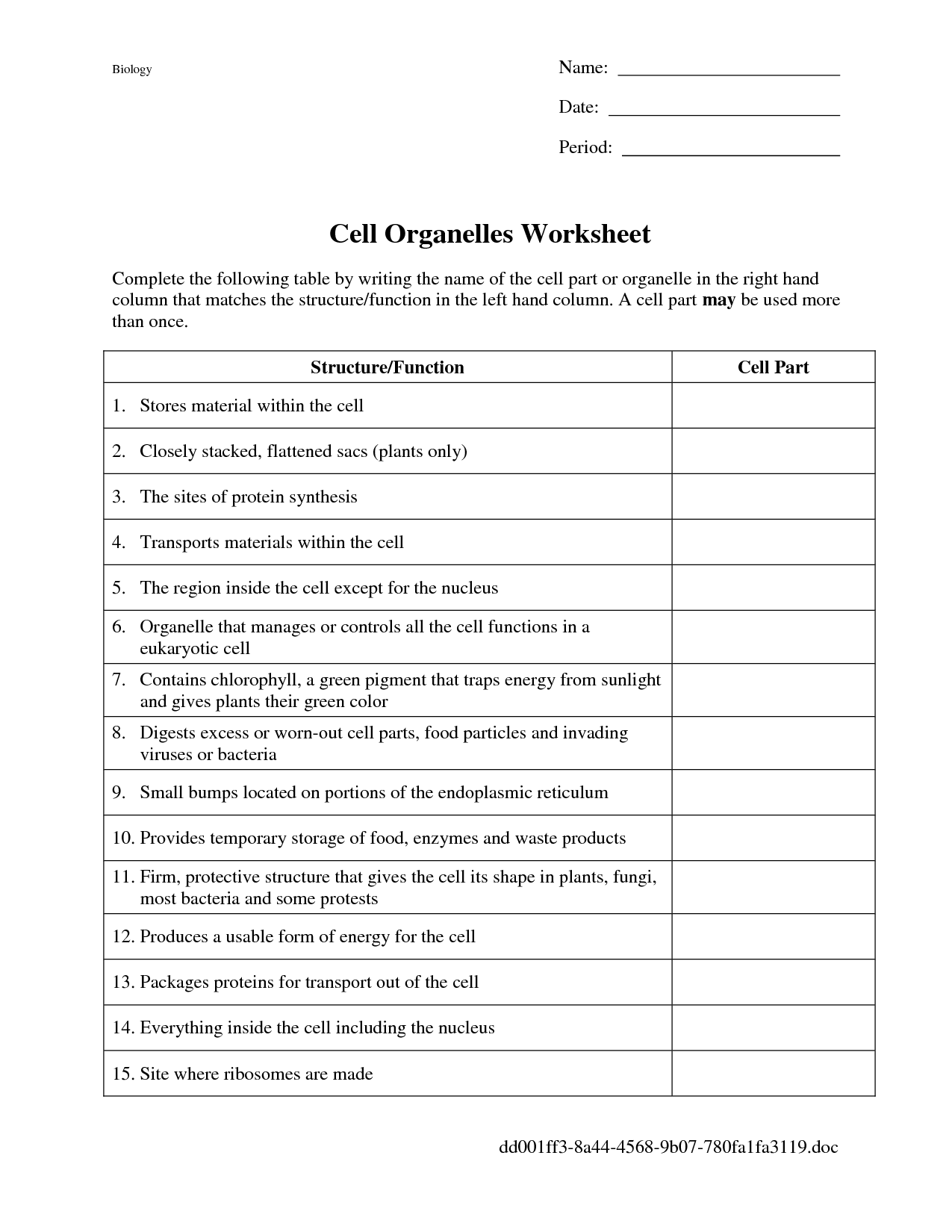



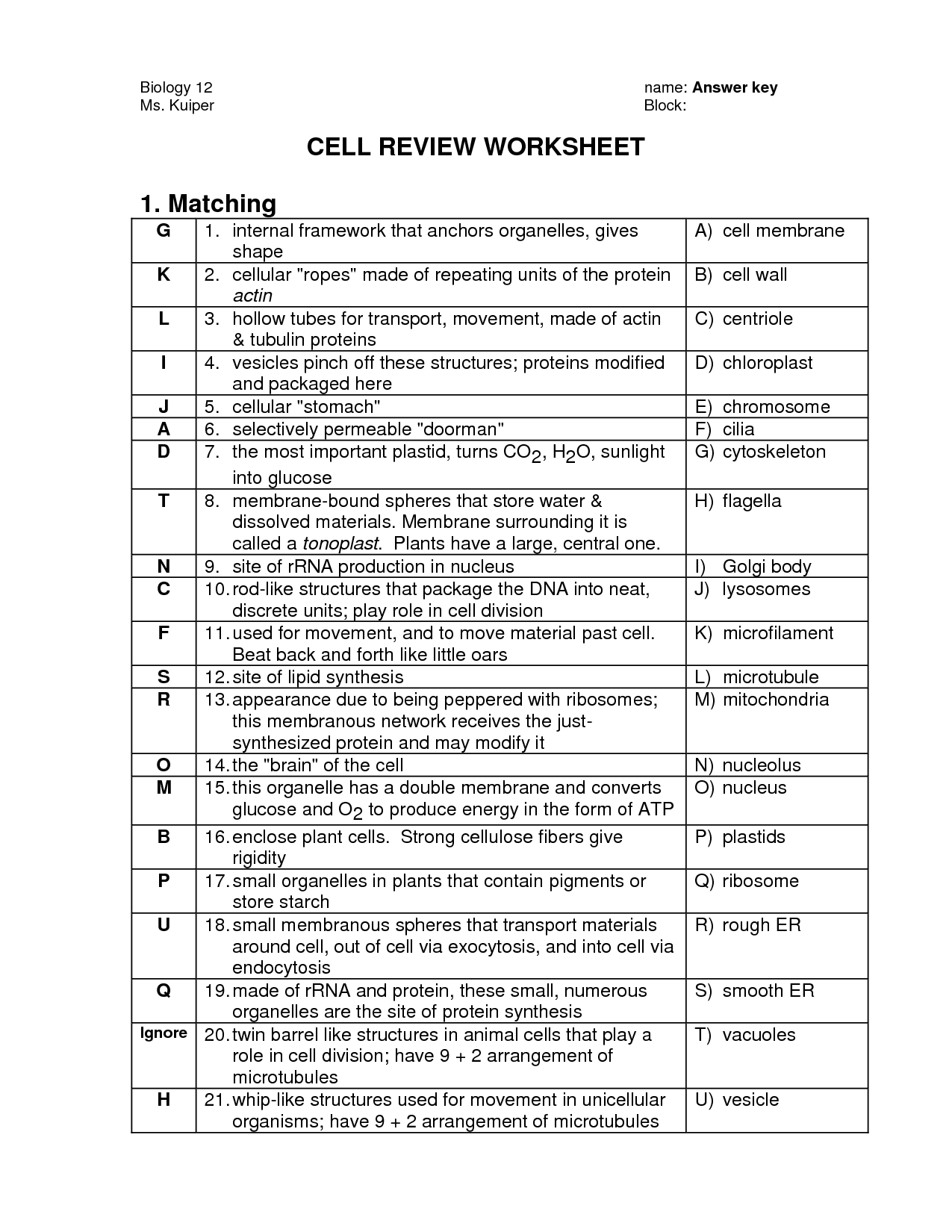
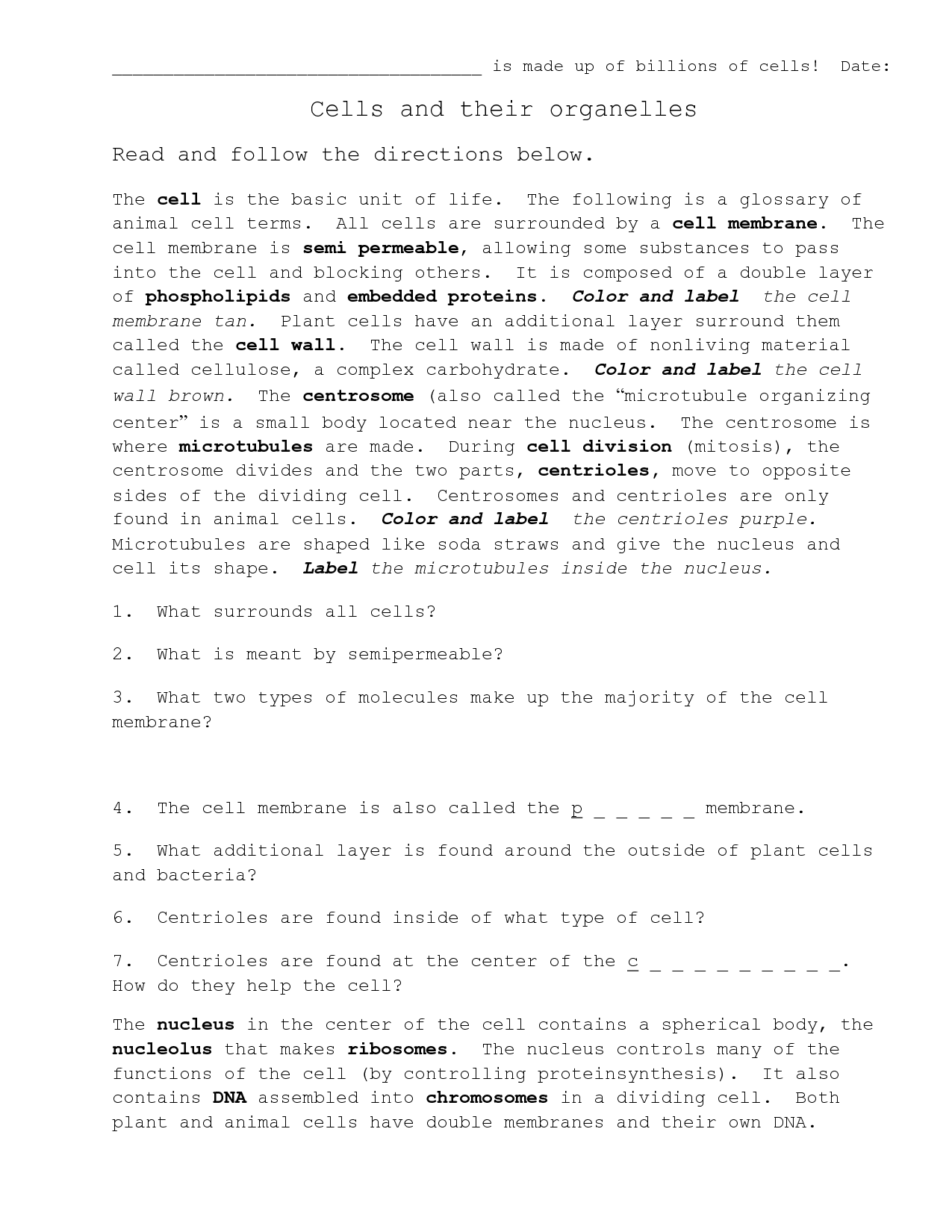

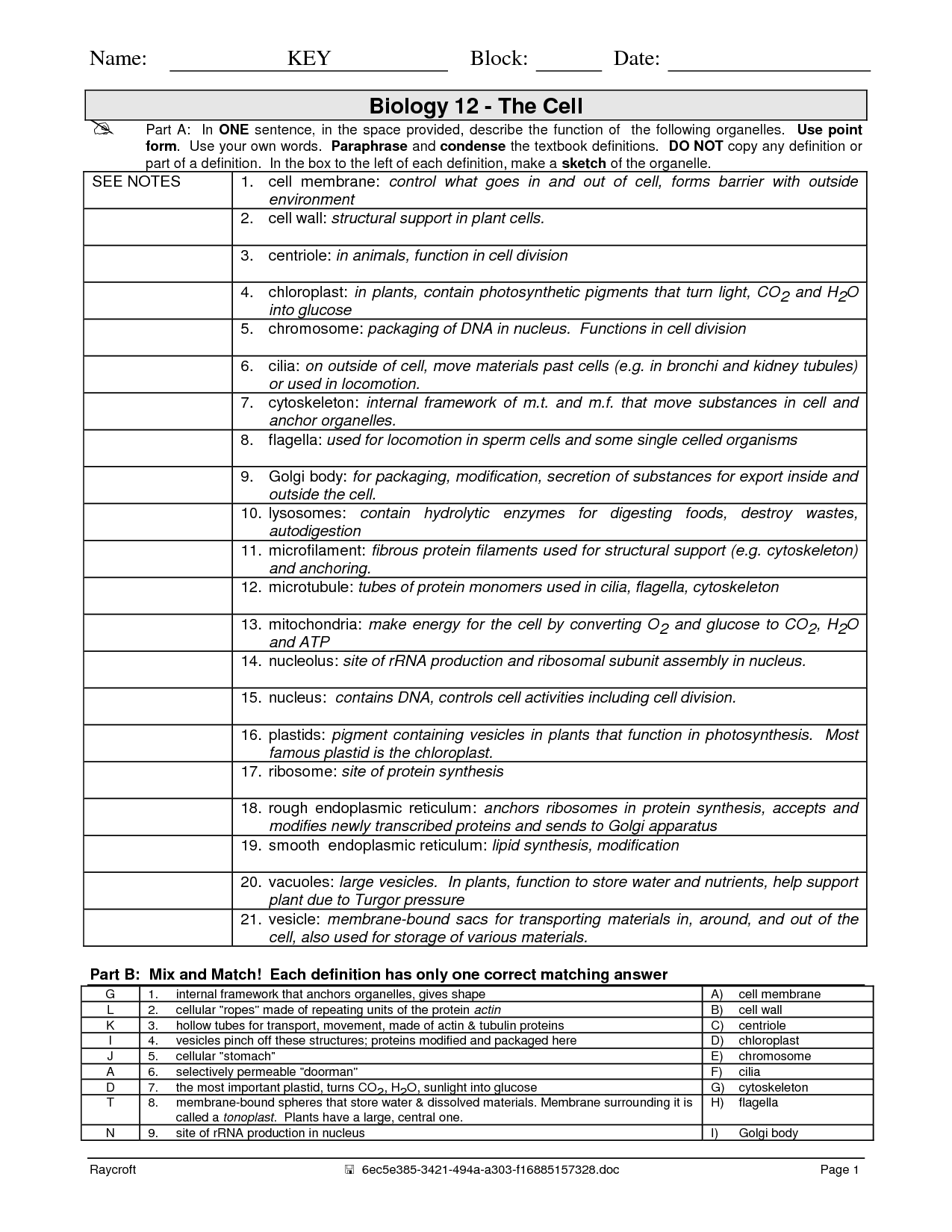
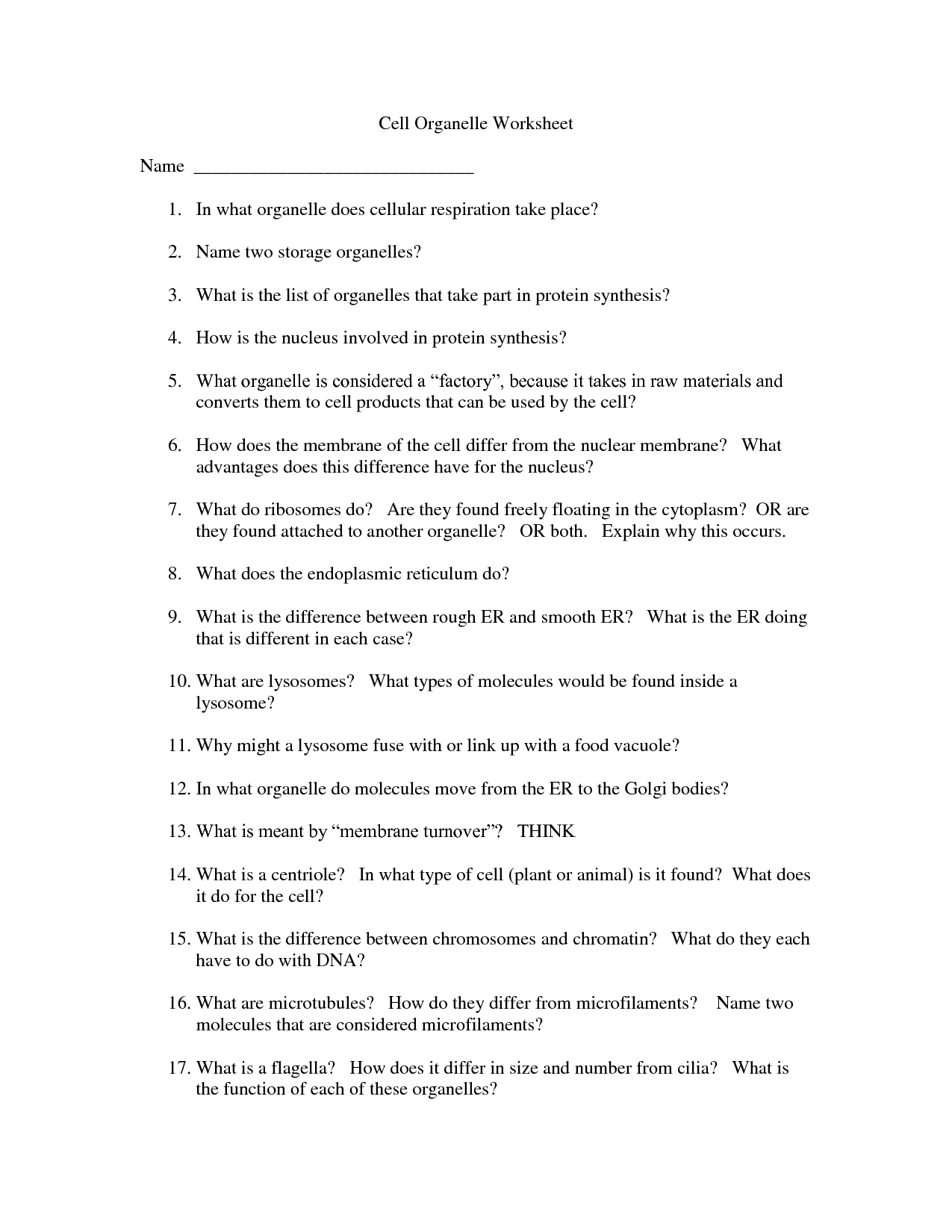
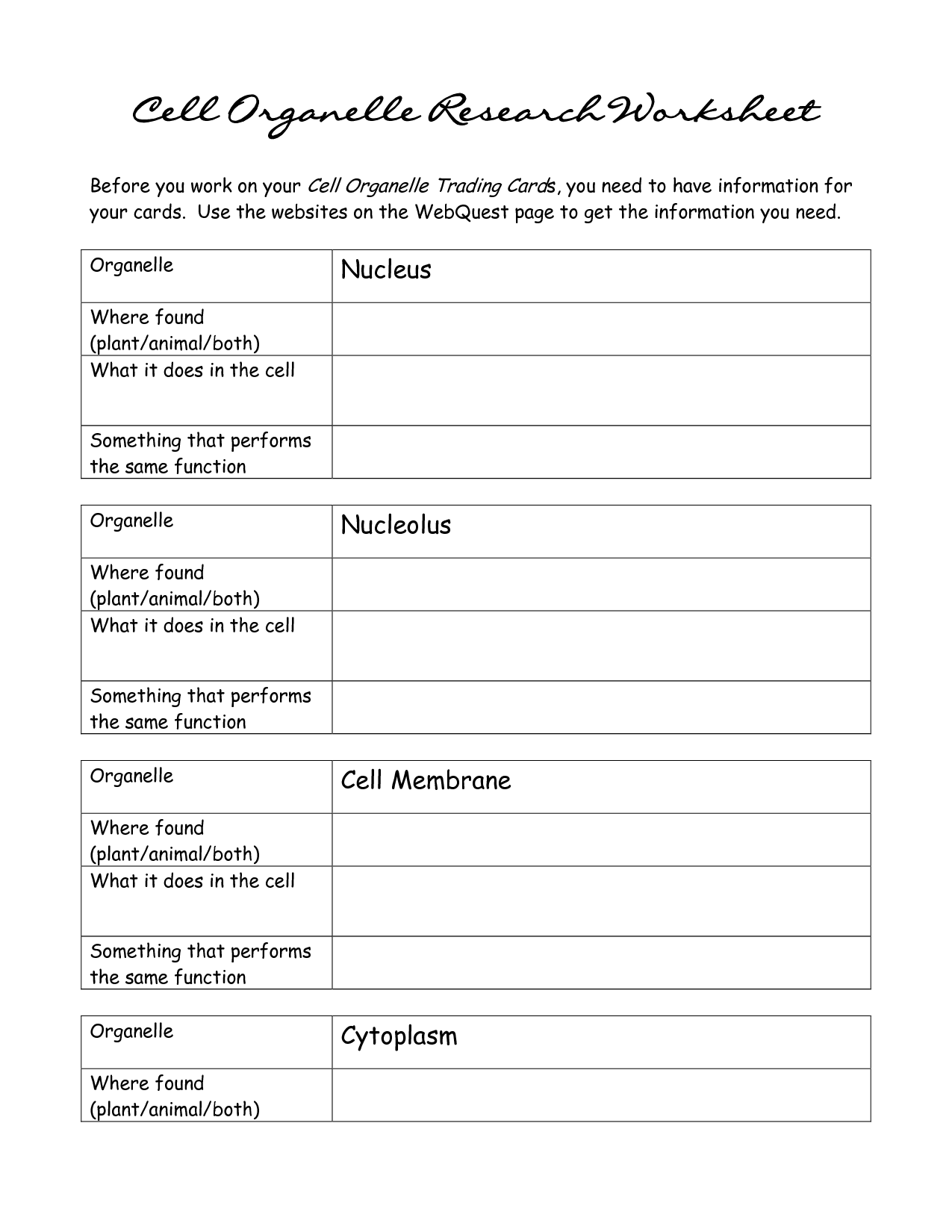
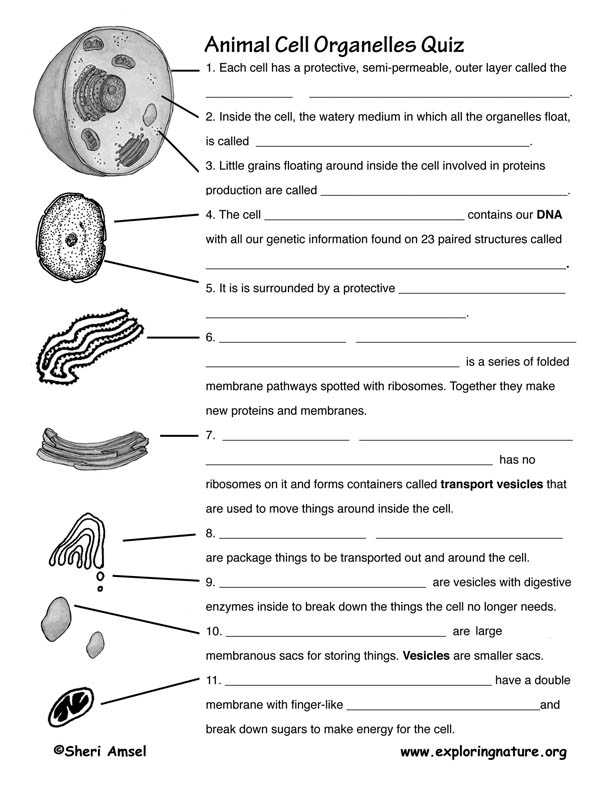
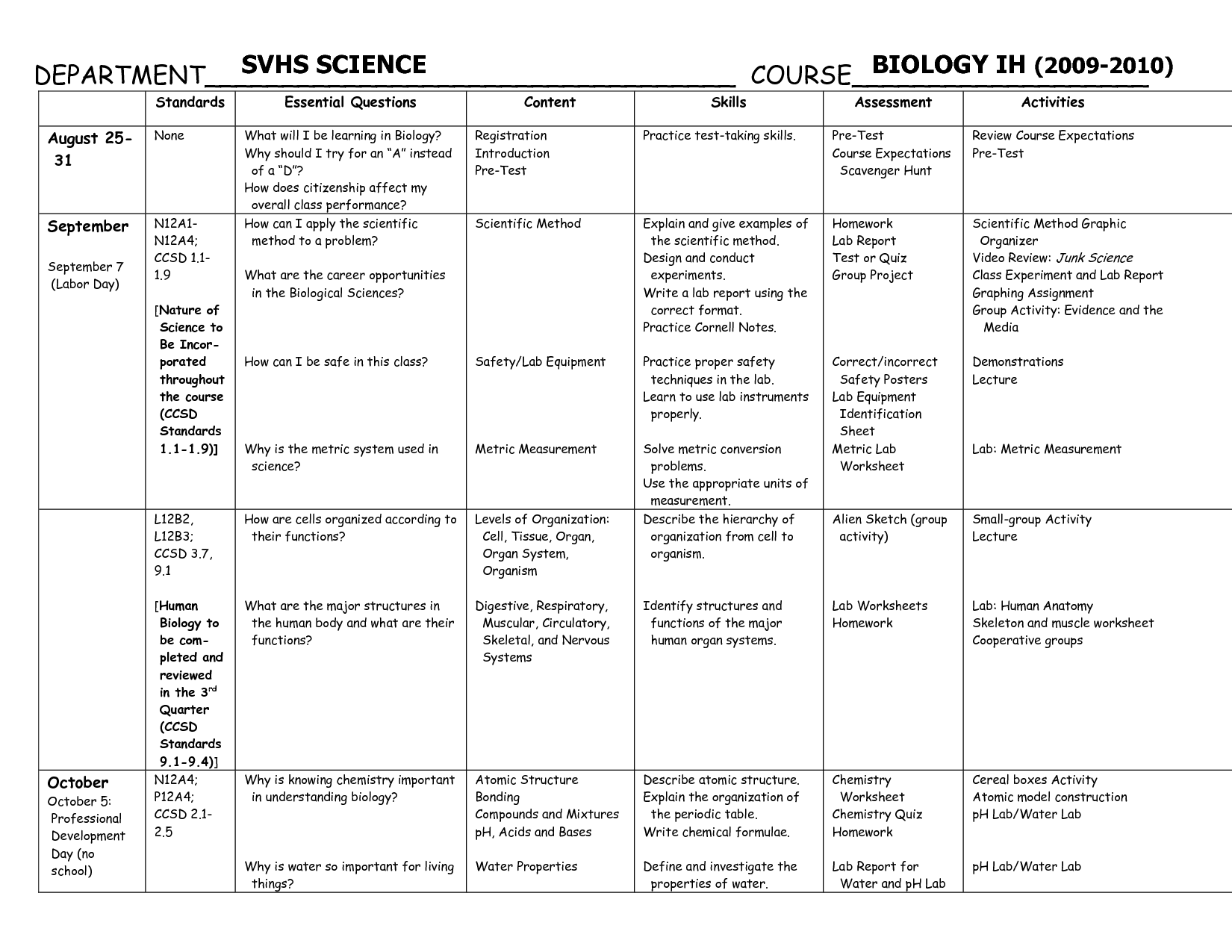
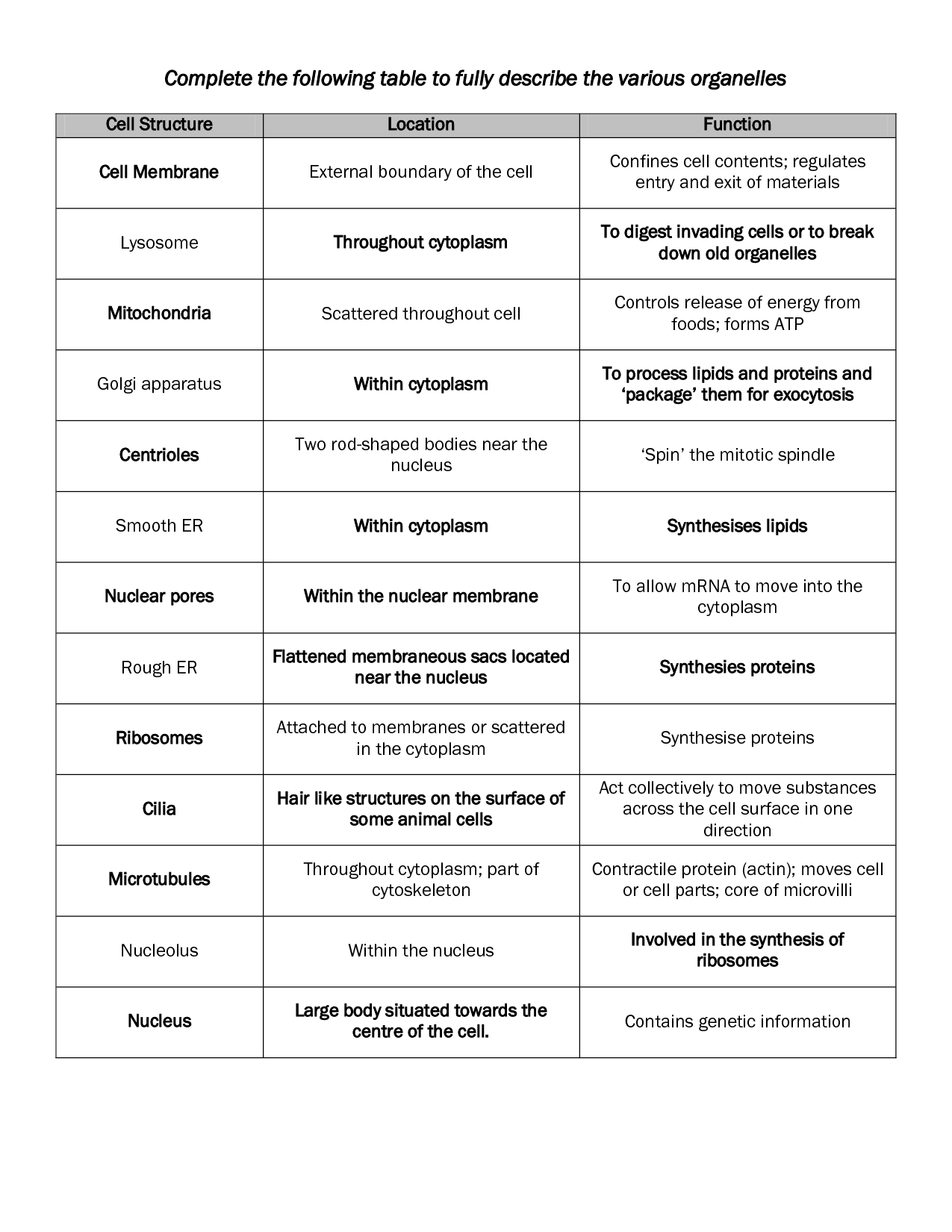
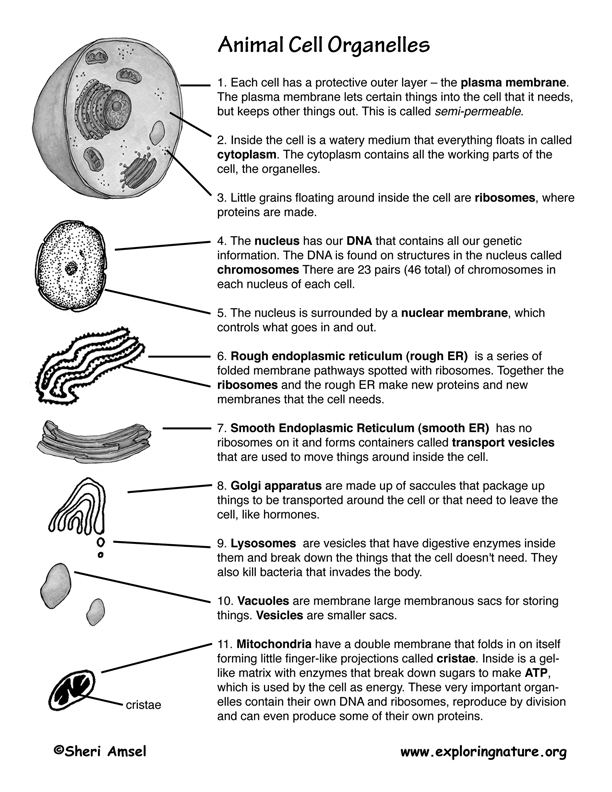

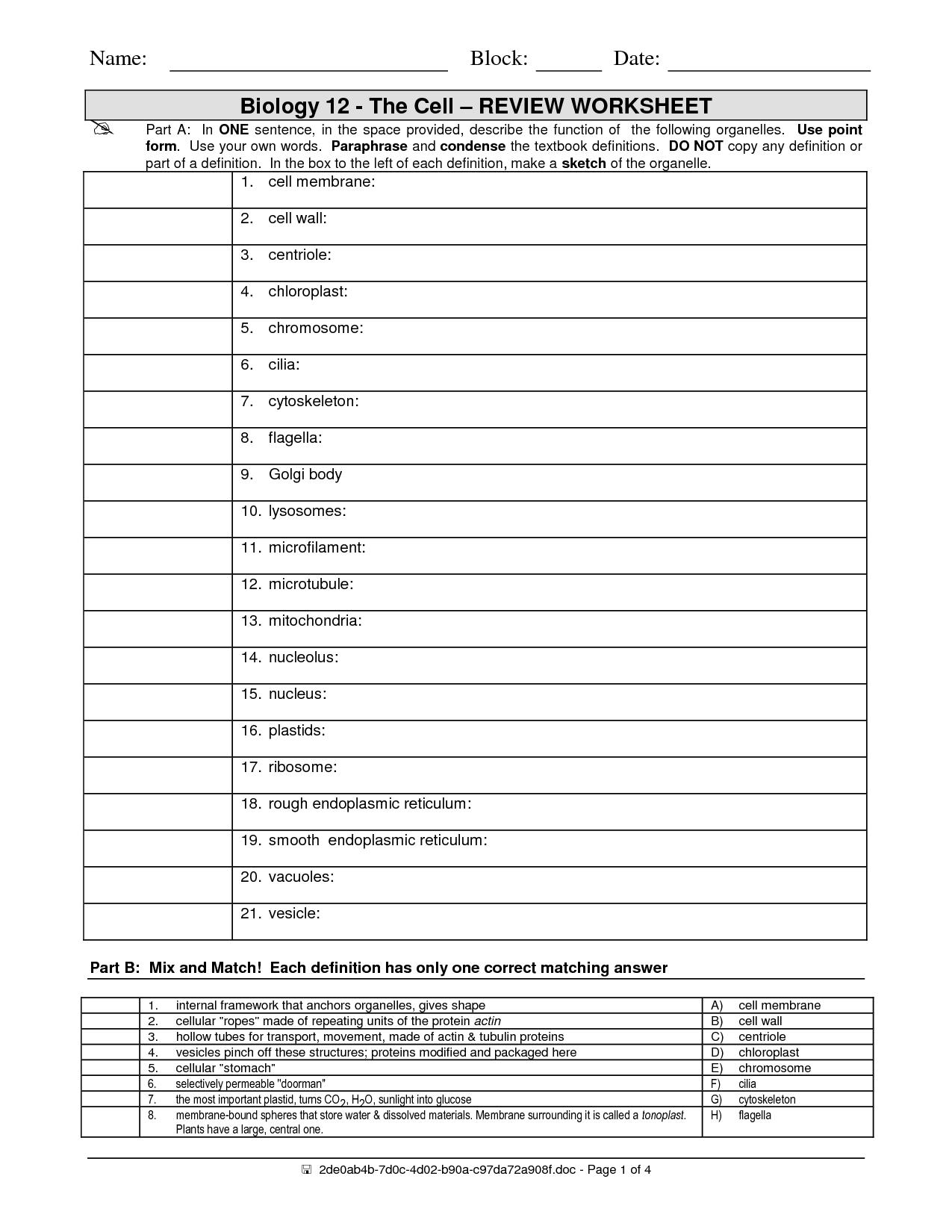
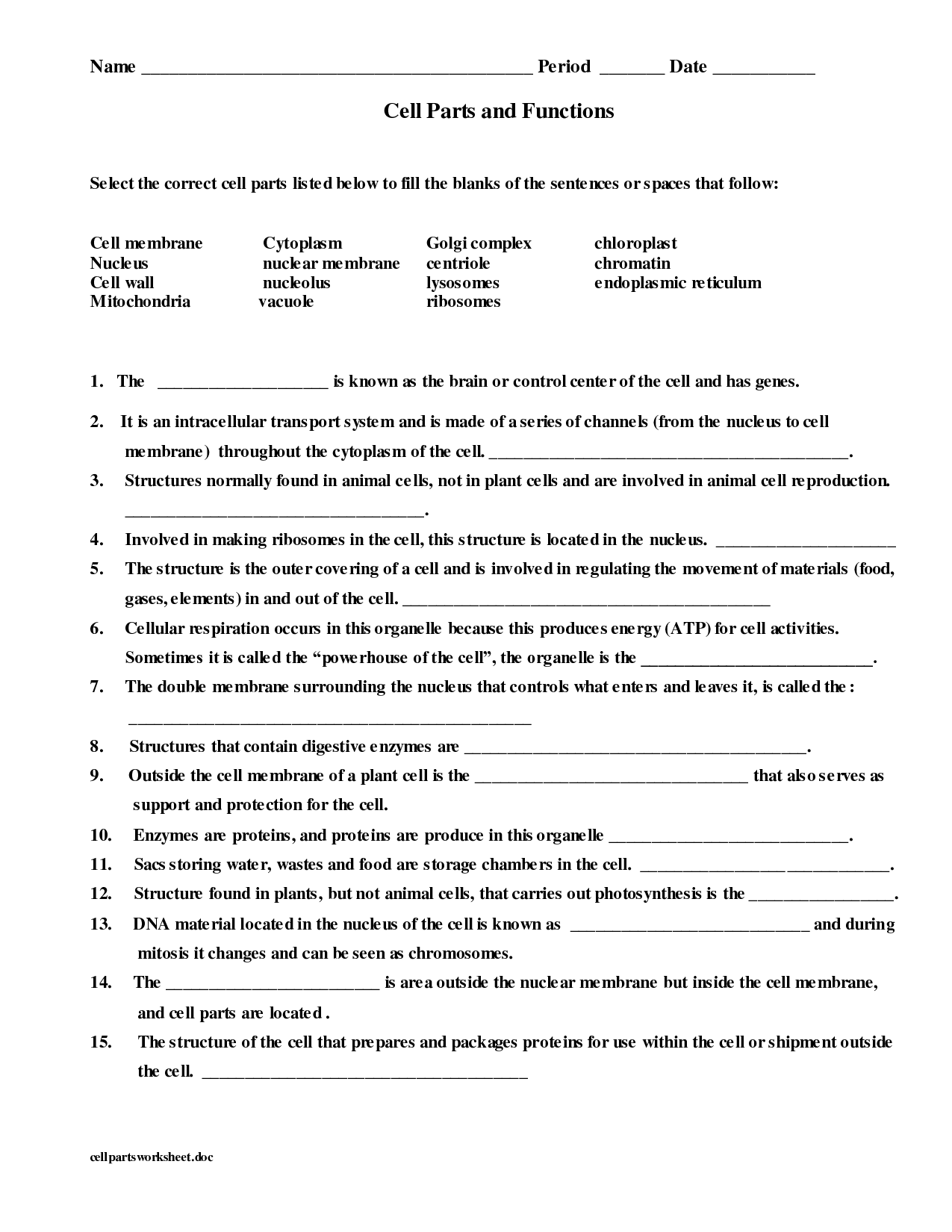
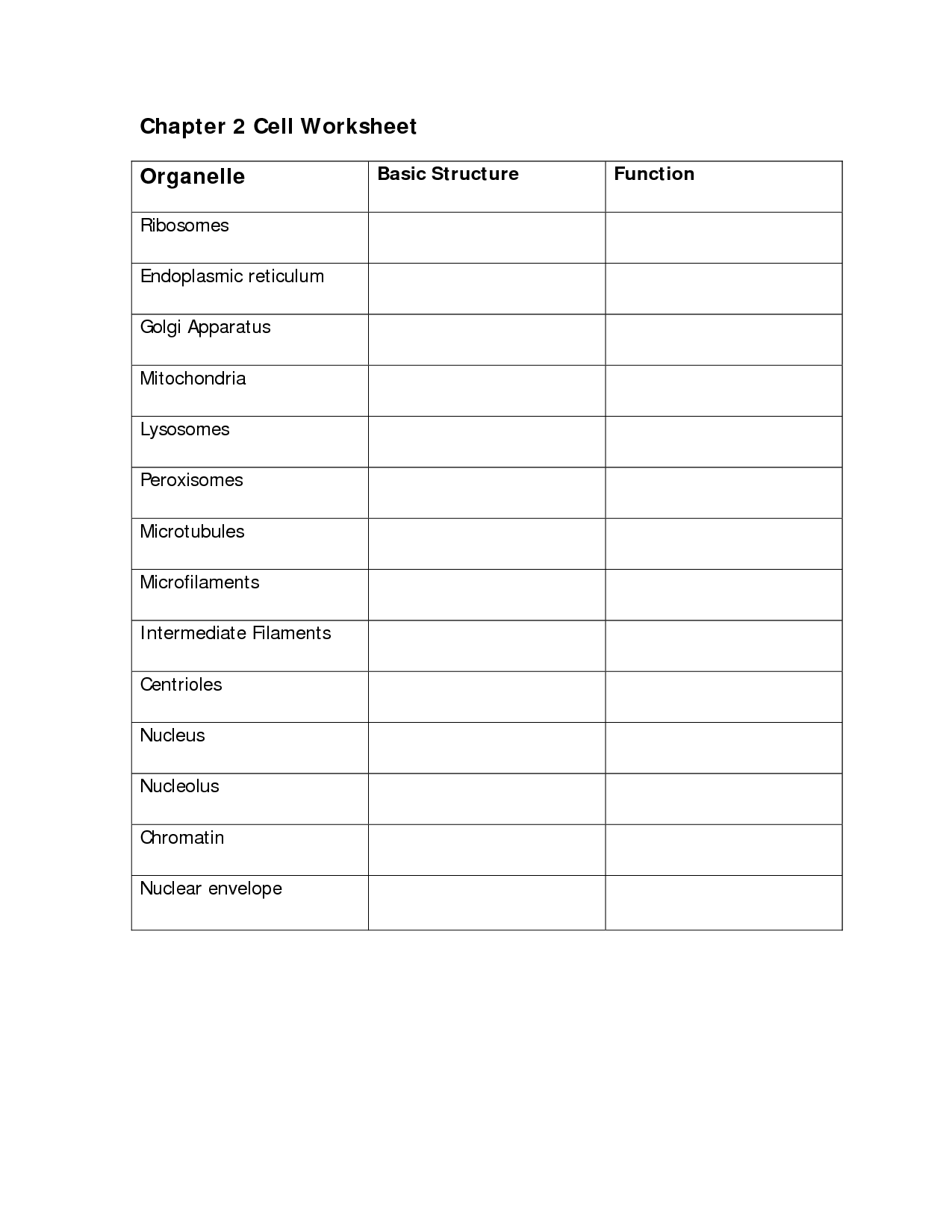
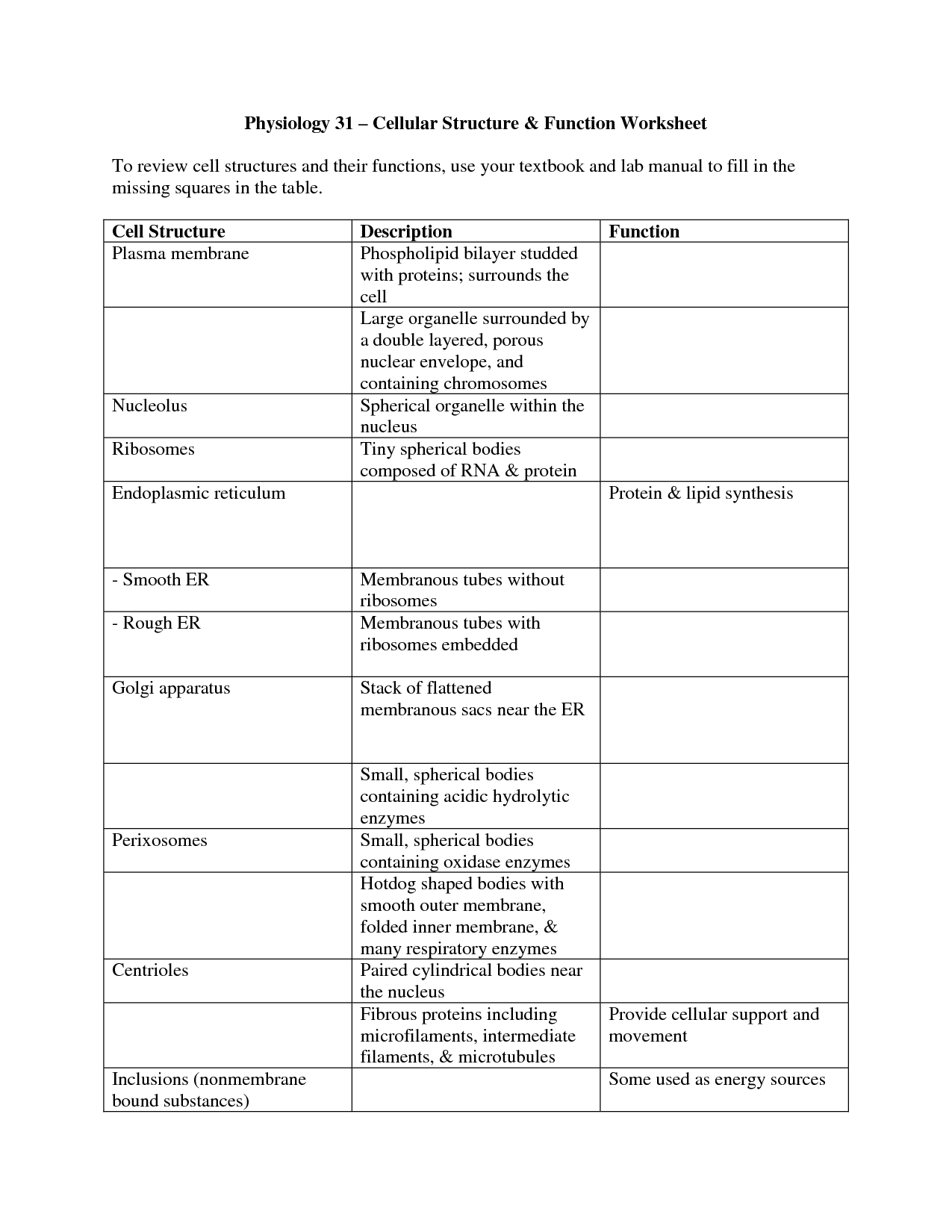














Comments